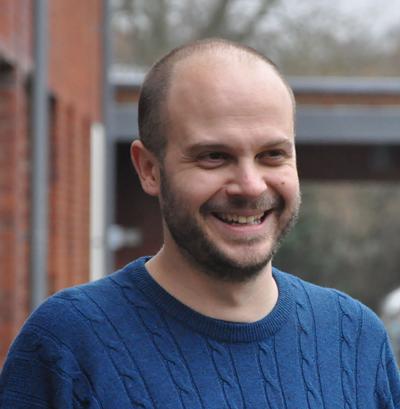Pelagios Project joins the dots on early maps

Researchers from the UK and Austria are working together to launch a project led by the University of Southampton which is set to revolutionise our understanding of ancient maps and geographic texts.
Southampton archaeologist Dr Leif Isaksen is collaborating with The Open University and the Austrian Institute of Technology on Pelagios 3: Early Geospatial Documents, which will allow researchers and the general public to explore online the changing historical significance of many of the world’s most famous cities, as well as smaller urban centres.
Dr Isaksen, the project Director, comments, “Users will be able to type a key place name into a search engine on the Pelagios 3 website and at the click of a mouse it will create a list or ‘digital place index’ with links to maps and texts dating up to 1492. The more search results there are, the more comprehensively a user will be able to determine how a place has changed over time and how it was viewed by those chronicling history.
“For instance, it’s remarkable to see that Claudius Ptolemy, a Roman astronomer, used London as one of his primary reference points for global time zones in the late second century, just as we do today.”
The project will identify places in documents dating up to 1492 from the Latin, Greek and Arabic traditions, mappaemundi and portolan seafaring charts, as well as maps from medieval China – making cross-referencing possible by means of specialist online gazetteers. It will then be possible to compare the contents of maps and texts automatically, seeing how names change over time, or how and when new places are introduced to each tradition.
Many place names referred to in such early documents are obscure, invented, or existed only in the popular or religious imaginations, but the Pelagios 3 project aims to help reveal their rich stories, as well as those of the more widely recognised towns and cities of the world.
Dr Isaksen continues, "With such an unprecedented variety of data linked together, it will be possible to trace in broad terms the continuities - and discontinuities - of people's responses to the world around them. Equally exciting, if you're interested in a particular place, you'll be able to bring together disparate fragments of its life history, its connections with other places, its stories and imagery.”
Co-Director Dr Elton Barker, Reader in Ancient Greek Literature and Culture at The Open University adds, “Places mean much more than dots on a map. In modern times we are used to seeing the world mapped out in a particular way, a partial ‘truth’ that is only exacerbated by modern technologies, such as GoogleEarth. Yet not only were these documents ‘true’ for the people of the age, in that they expressed beliefs about the world around them; those descriptions still have much value for us today, not least in the ways in which they emphasise the changing shape of places over time and the connectivity between them.”
Dr Leif Isaksen, Dr Elton Barker and the rest of the teams from The Open University and the Austrian Institute of Technology will work in collaboration with experts from the British Library, Queen Mary University of London, Kings College London, the University of Portsmouth, the University of Edinburgh, the Institute for the Study of the Ancient World, Drew University and Harvard University.
Pelagios 3 has been funded by the The Andrew W. Mellon Foundation with a grant of $494,000.
Follow the Pelagios project on Twitter: @Pelagiosproject